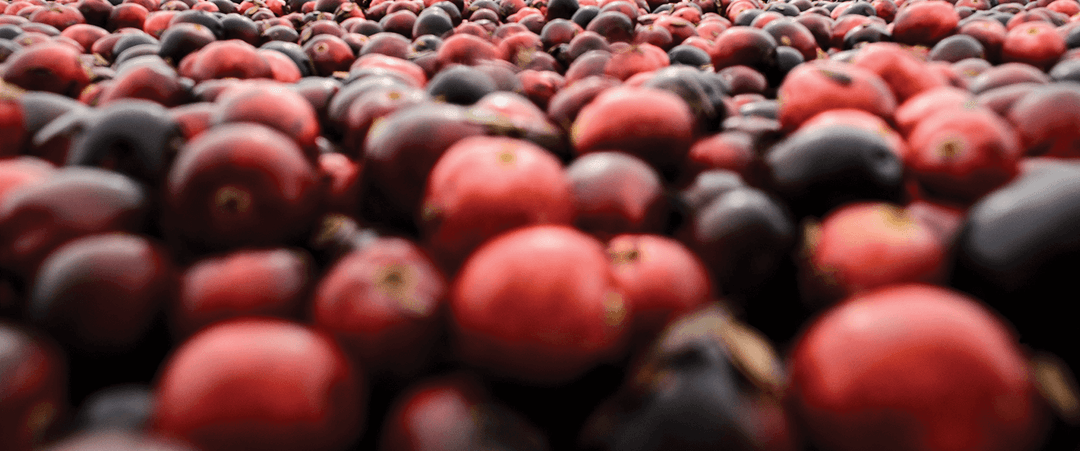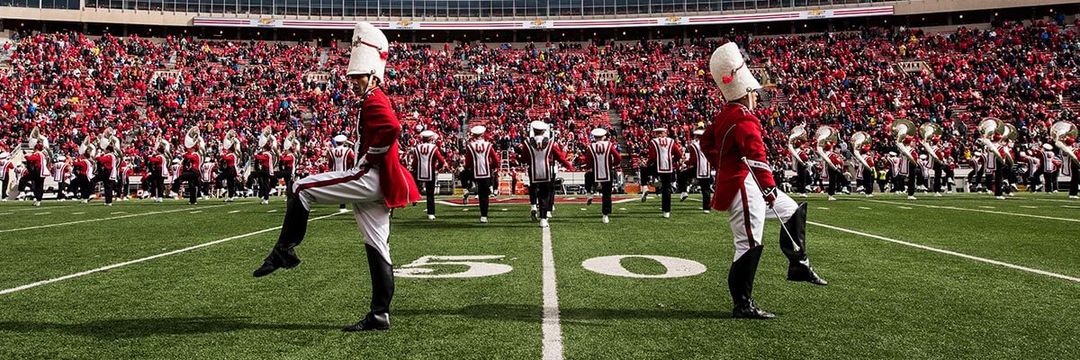In January, after bowl-game victors have been crowned and the last of the holiday leftovers have been scraped from their containers, Jacob Moss and his team are already planning menus for the next football season. As the executive chef with Levy Restaurants at Camp Randall Stadium, Moss oversees everything guests eat at a UW athletics facility, from the food that fuels athletes to the concessions that feed fans. But whether he’s catering lunch for a construction crew or curating a menu for a premium club, Moss abides by the tenets of cooking that followed him from his training at the Culinary Institute of America to his current work in Camp Randall’s kitchens: stay organized, season well, and set high standards — even for the simple stuff. “It’s making sure that [even a hot dog or brat] is a really good quality hot dog or brat, that it’s hot, and that it holds up and meets expectations, whether it’s an hour before kickoff or during halftime,” Moss says. Here, he shares more tips for feeding a crowd.
- Find a theme. Whether it’s an ingredient, an occasion, or your team’s opponent, a theme can guide menu development and inspire new creations that will surprise and delight your guests. For the Badgers’ home game against the University of Maryland, Moss and his team developed a crab-centric menu covered in Old Bay seasoning — with some experimental twists. “We took some creative liberty doing a vegetarian boil,” he says. “Instead of a crab boil or a seafood boil, [we used] Midwest produce to do a heavily seasoned veg boil. It was something that, at the time, we weren’t quite sure how people were going to receive it, and it actually came out really well.”
- Consider the event. Fare varies greatly between a sit-down dinner, a reception’s light refreshments, and a tailgate spread. Thinking about dishes that are best suited to — or can be modified to fit — event-specific eating experiences can help dictate a menu.
- Be mindful of dietary accommodations. “It’s definitely becoming more of a focus for us to make sure that there is something vegetarian, there is something vegan, there are gluten-free options,” Moss says. “Be cognizant of who your guests are and make them feel welcome by having things that are easily accessible for them.”
- Don’t overproduce. “You don’t really need as much as you think you might,” Moss says. “People don’t eat as much as I think society or culture would dictate. There’s definitely a fear of like, ‘What if my guests go home hungry?’ And it really doesn’t happen.” He suggests foregoing the traditional three-course meal for a variety of small plates that guests can help themselves to, especially in a dining culture that has shifted more toward grazing.
- Trust your math. In the event of a sit-down meal, avoid overproducing by having faith in your planning. “There are definitely times when that math doesn’t seem right or [it seems like] way too little, but it actually works out to be just fine,” Moss says. “It’s easy to get carried away and to do too much, and then people feel like they haven’t been able to try everything or they’re overdoing it and they’re overindulging. Nobody wants to leave feeling that way. Less is more, a lot of the time.”










